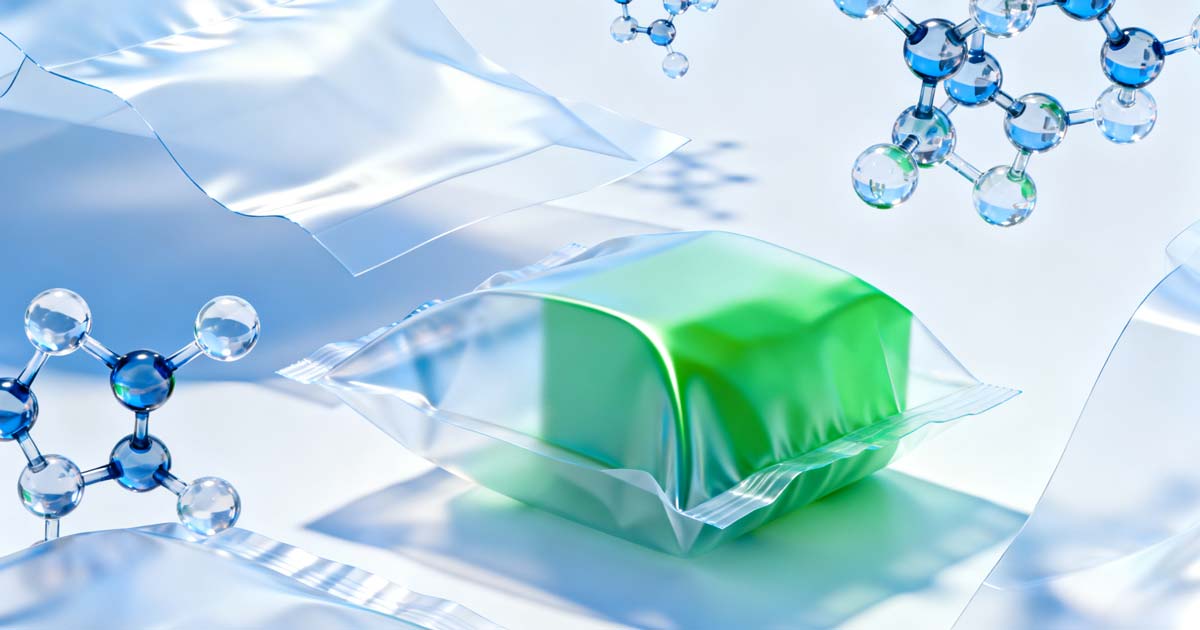
Understanding Chemical Compatibility in Pharmaceutical Packaging
Chemical compatibility is a critical factor when selecting primary packaging materials for pharmaceuticals. It ensures that the container or closure does not react with the drug product, preventing contamination, degradation, or reduced efficacy. Incompatible materials can cause changes in drug stability, color, potency, or safety, potentially impacting patient health and regulatory compliance.
Materials and Their Compatibility
Common primary packaging materials include glass, plastics, metals, and polymers. Glass is highly inert and suitable for most liquid formulations, whereas plastics require careful selection to avoid leaching, absorption, or chemical reactions. Polymer coatings, barrier films, and specialized liners can enhance compatibility and protect sensitive drugs. Evaluating packaging materials against the specific chemical properties of the drug—such as pH, solvents, or reactive groups—is essential for safe and effective storage.
Testing and Regulatory Considerations
Pharmaceutical manufacturers perform rigorous chemical compatibility testing to ensure materials meet safety and quality standards. Regulatory agencies, such as the FDA and EMA, require evidence that packaging materials do not adversely affect the drug product. This includes extractables and leachables studies, stability testing, and container-closure system evaluations.
Benefits for Drug Safety and Quality
Choosing chemically compatible packaging materials preserves drug integrity, maintains potency, and ensures consistent performance throughout the product’s shelf life. It also reduces the risk of recalls, contamination, or adverse events, supporting patient safety and regulatory compliance.
Conclusion
Chemical compatibility in primary packaging materials is essential for high-quality pharmaceutical manufacturing. By selecting suitable materials and performing proper testing, manufacturers can safeguard drug stability, efficacy, and patient safety. Proper compatibility ensures that medications reach patients in optimal condition, reinforcing trust and reliability in healthcare products.
